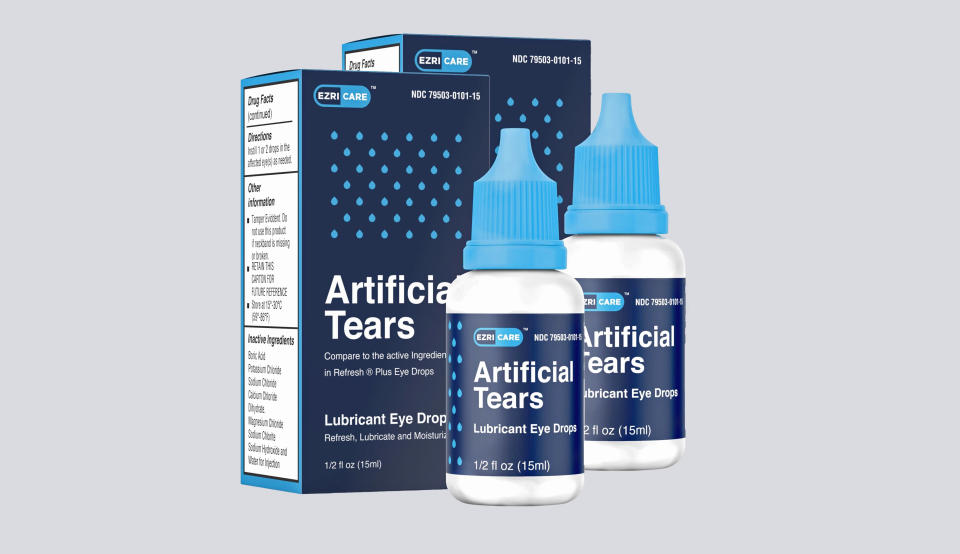Contaminated eyedrops linked to more deaths, eyeballs removed in patients with bacterial infection, CDC warns
Three people have died, and four others have had their eyeballs removed because of rare bacterial infections linked to contaminated eyedrops, the Centers for Disease Control and Prevention reported Tuesday.
The agency has identified 68 patients in 16 states with Pseudomonas aeruginosa, a type of bacterium resistant to most antibiotics. Eight patients have lost vision in at least one of their eyes. Some have had to undergo corneal transplants.
Most said they had used a variety of eyedrops before becoming ill, but EzriCare Artificial Tears was most commonly reported. Those drops have since been recalled, along with Delsam Pharma's Artificial Tears and its Artificial Eye Ointment.
Most patients became ill before the agency first alerted the public to the potential danger in a statement Jan. 20, a CDC spokesperson said by email. Because of the time it takes to test samples from patients to see whether they match the strain associated with the outbreak, the CDC expects more cases will come to light.

What is the drug-resistant bacteria?
Pseudomonas aeruginosa bacteria are commonly found in water and soil and on the hands of otherwise healthy people. Infections usually occur in hospital settings among people with weakened immune systems. As many as 37 patients were linked to four health care facility outbreaks, the CDC reported.
This particular drug-resistant strain of the bacteria had never been seen in the United States before this outbreak, the agency said.
Not all of the patients had eye infections. Others were found to have respiratory or urinary tract infections. Deaths can occur when the bacteria enter the bloodstream.
Symptoms of eye infection
According to the CDC, people should seek medical care if they have symptoms of an eye infection, including:
Yellow, green or clear discharge from the eye.
Eye pain or discomfort.
Redness of the eye or eyelid.
Feeling of something in your eye (foreign body sensation).
Increased sensitivity to light.
Blurry vision.
Follow NBC HEALTH on Twitter & Facebook.
This article was originally published on NBCNews.com

